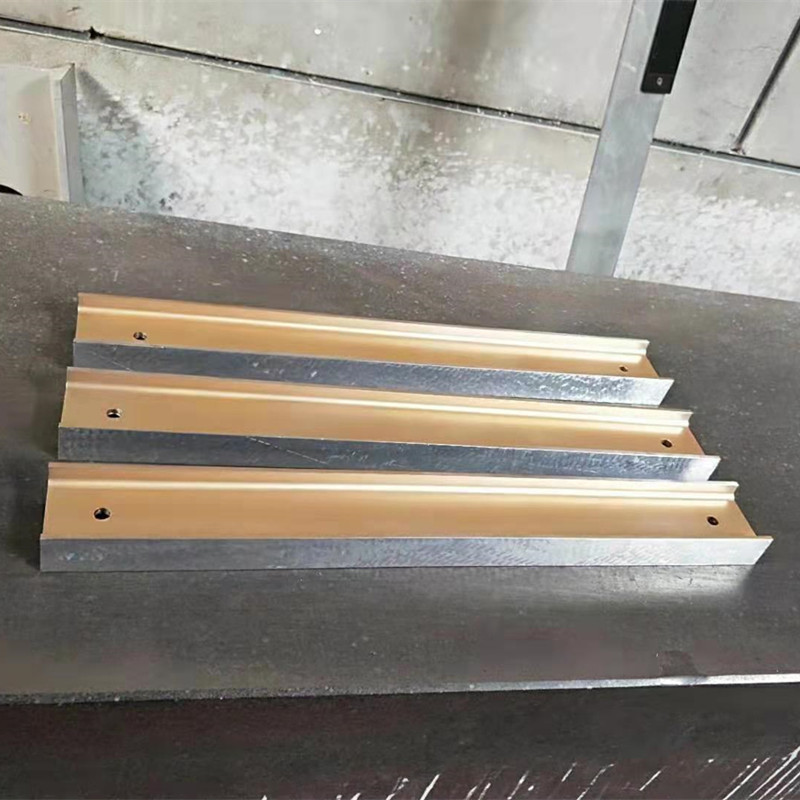Aug . 12, 2024 10:32 Back to list
Exploring the Structural Benefits and Applications of Timber Corner Joints in Modern Carpentry Techniques
Understanding the Timber Corner Joint A Blend of Tradition and Craftsmanship
In the realm of woodworking and carpentry, the timber corner joint stands out as an essential technique that has been employed for centuries. This joint serves as a pivotal element in creating sturdy and aesthetically pleasing structures. Understanding its design, applications, and the craftsmanship involved is vital for both amateur woodworkers and seasoned professionals.
What is a Timber Corner Joint?
A timber corner joint is a method of connecting two pieces of timber at their ends to create a 90-degree angle, commonly found in frames, furniture, and cabinetry. The design of this joint allows for the efficient use of wood, maximizing its strength and minimizing the potential for warping or splitting. Various types of corner joints exist, including butt joints, miter joints, and dovetail joints, each with its unique set of characteristics and best-use scenarios.
Types of Timber Corner Joints
1. Butt Joint This is the simplest form of a corner joint, where two pieces of timber are simply joined at their ends. While it is easy to create, its strength is relatively low without additional reinforcement.
2. Miter Joint Often used in picture frames, the miter joint features angled cuts on both pieces of timber. When joined, they create a seamless look. A well-made miter joint can be very visually appealing, but like the butt joint, its strength can be improved with nails, screws, or adhesive.
3. Dovetail Joint Renowned for its strength and aesthetic appeal, the dovetail joint consists of interlocking shapes that expand the surface area for glueing. This joint is commonly seen in high-quality furniture and drawers where durability is essential.
4. Lap Joint In this joint, one piece of timber overlaps another. This design not only allows for a strong connection but also facilitates the creation of clean lines, making it a popular choice in modern woodworking.
timber corner joint

Applications of Timber Corner Joints
Timber corner joints are employed in various applications, ranging from simple home furniture to intricate architectural structures. In residential furniture, they provide the backbone for tables, chairs, and cabinets, ensuring stability and longevity. In carpentry, these joints can be found in door frames, window frames, and even in the construction of wooden houses.
Architects and builders appreciate corner joints not only for their functional properties but also for their aesthetic richness. Traditional woodworking techniques often celebrate the beauty of visible joints, turning them into design features that highlight craftsmanship.
The Art of Crafting Timber Corner Joints
Creating a strong timber corner joint requires precision, patience, and skill. Woodworkers must consider the type of wood being used, the intended final appearance, and the stress the joint will endure. The selection of appropriate joinery techniques is crucial, as each type of joint interacts differently under various conditions.
Advanced woodworking often employs tools such as routers, chisels, and saws to achieve the precise cuts required for joints like dovetails and miters. Additionally, the use of wood glue is essential, as it provides added strength and durability.
Conclusion
The timber corner joint is more than just a means of connecting two pieces of wood; it is a testament to the artistry and skill involved in woodworking. Its diverse applications, combined with the various types of joints available, allow craftsmen to create not only functional pieces but also beautiful works of art. As woodworking continues to evolve, the corner joint remains a vital element of its heritage, bridging traditional techniques with contemporary design. Whether you are a DIY enthusiast or a professional carpenter, understanding and mastering the timber corner joint is an invaluable skill that will enhance your woodworking projects for years to come.
-
Flanged Gate Valve: A Reliable Choice for Industrial and Municipal SystemsNewsAug.20,2025
-
Soft Seal Gate Valve: A Modern Solution for Reliable Pipeline ControlNewsAug.20,2025
-
Gate Valve Types: Understanding the Options for Your Pipeline SystemsNewsAug.20,2025
-
Y Type Strainer: Essential for Clean and Efficient Flow SystemsNewsAug.20,2025
-
Cast Iron Y Strainer: Durable Solutions for Demanding ApplicationsNewsAug.20,2025
-
Flanged Y Strainer: An Essential Component in Industrial Filtration SystemsNewsAug.20,2025
Related PRODUCTS









